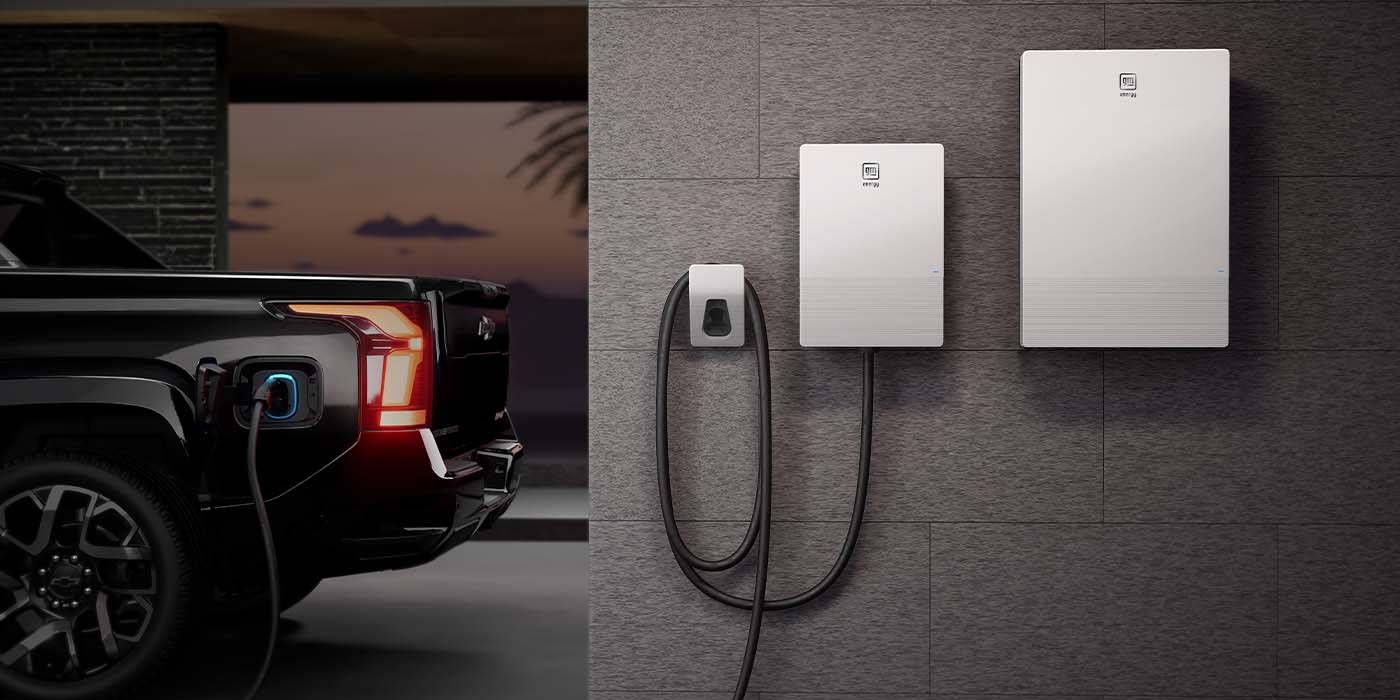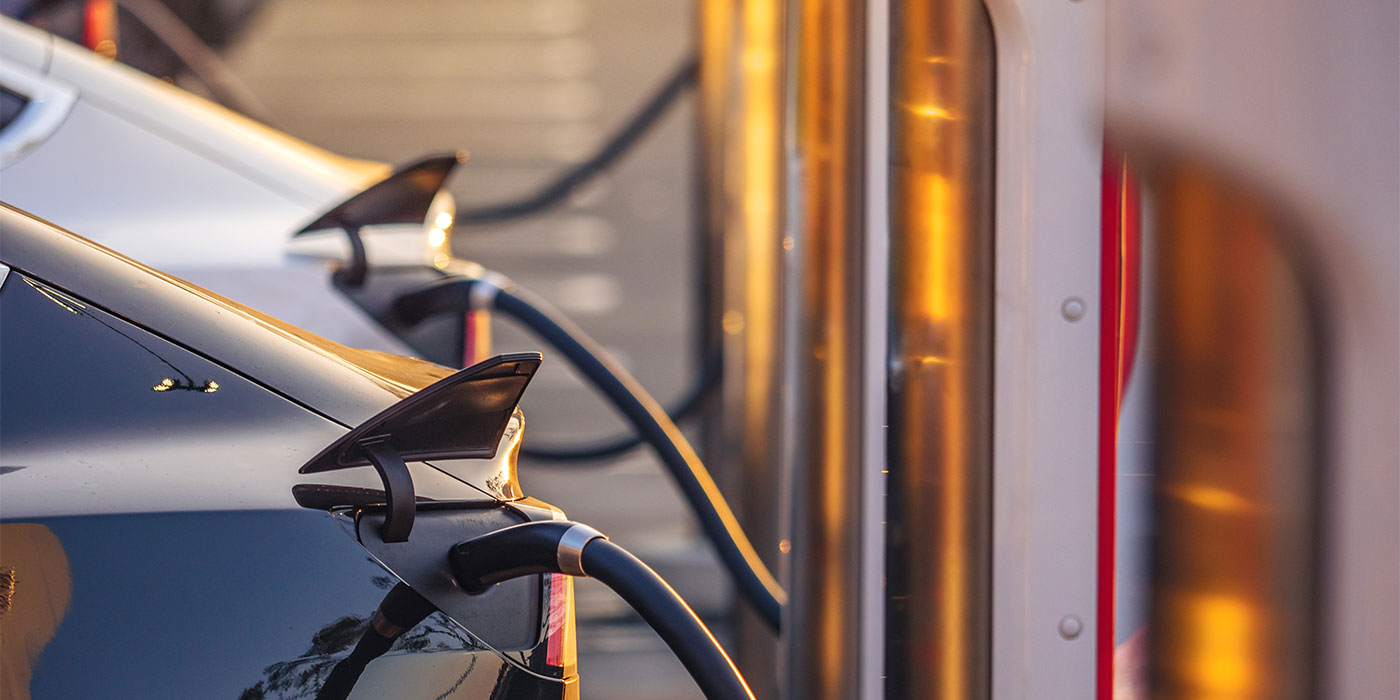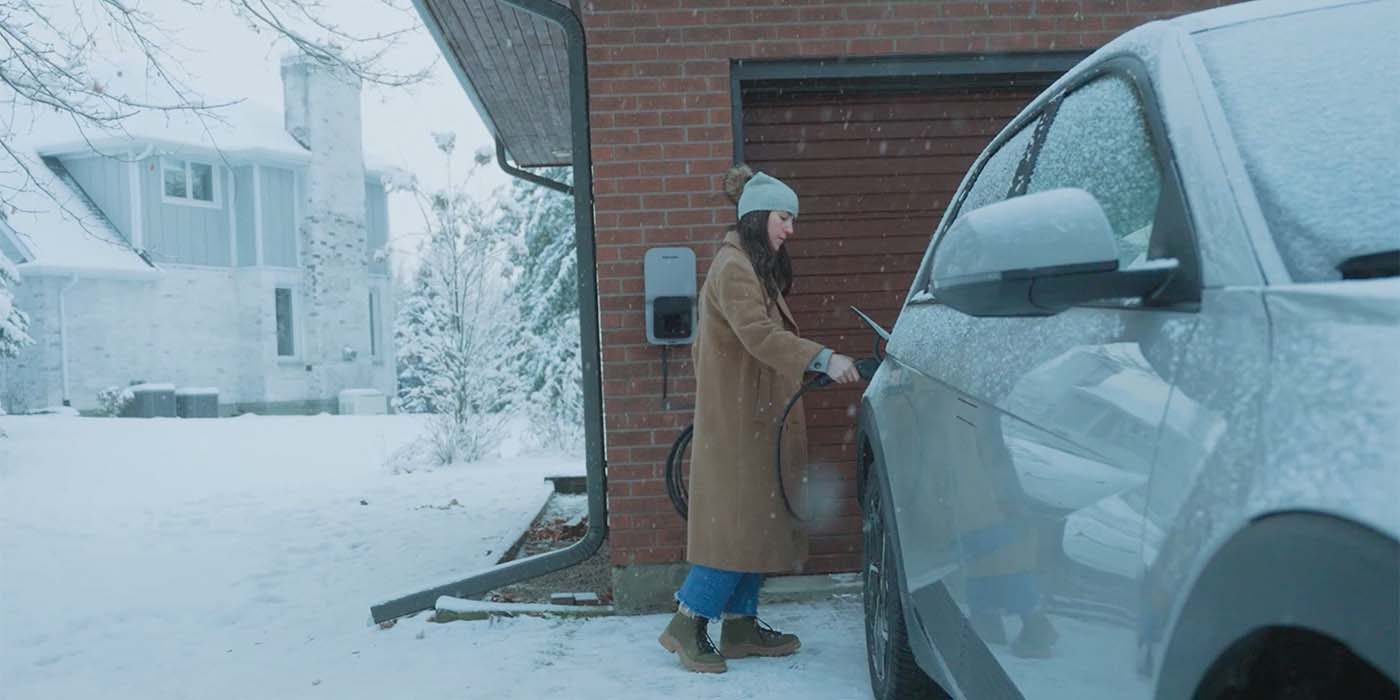What’s your average stay at the local gas station if you’re driving a car with an internal combustion engine?
Even if you live in a busy part of town and need to get yourself a Polar Pop with every stop, I’m going to guess around 10 minutes at worst, and maybe 3-5 if you’re in and out.
Compare that to charging an EV – even at a DC fast-charging station, it can take you between 30 and 45 minutes to charge 80% of the battery. And if you aren’t using fast charging, well, I hope you brought something to read for a few hours.
Now, if you’re in Nuremberg, Germany, and you’re at Audi’s recently-launched charging hub that features a lounge area for a premium charging experience, maybe this isn’t a problem for you. Snacks, drinks, even an electric scooter lending service… If you’ve gotta stay, might as well make the most of it, right?
But if you’re anywhere else and you’re in a situation where you need the juice right now, you’re pretty much out of luck.
But, in the future, maybe you won’t be.
That’s because Ford and Purdue University researchers have taken an early step in the quest to make recharging EVs much, much faster. These researchers are focusing on an alternative cooling method by designing a charging cable that can deliver an increased current. The cable uses liquid as an active cooling agent, which can help extract more heat from the cable by changing liquid to vapor – and that’s a key difference between this and current liquid-cooled technology on the market.
Chargers today can only charge an EV’s battery so quickly because we can’t have them overheating. Charging faster requires more current to travel through that charging cable, and more current means more heat. If you can dissipate that heat effectively and quickly, you can charge faster with less danger and less risk.
This kind of innovation, if successful, could one day deliver significantly more power faster to EVs than leading systems today, making the potential of faster re-charging times. Ultimately, Ford’s goal here is to make re-charging EVs as fast as a conventional gas station fill-up.
Unfortunately, we aren’t likely to see this technology utilized anywhere public anytime soon – researchers say it could be as long as two years before a prototype is ready to be tested using more specific charging speeds on specific EV models. But the fact that his technology is in the works means another EV barrier to entry might be eliminated faster than we thought.













